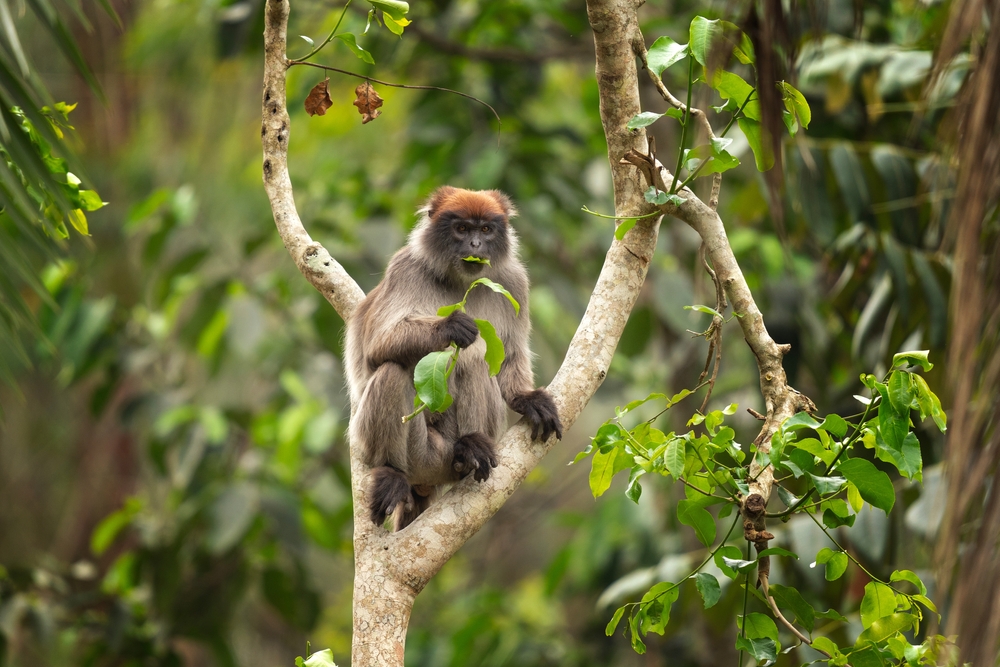Lomami Overview
Lomami National Park, locally known as Parc National de la Lomami, is a pristine wilderness in the heart of the Democratic Republic of Congo, offering a sanctuary for some of the world’s rarest and most unique species. Officially established in 2016, it spans an impressive 8,874 square kilometers (3,426 square miles) across the Lomami and Tshopo provinces. This park represents one of the most significant conservation achievements in recent years, preserving vast stretches of lowland rainforest and savannah ecosystems in Central Africa.
The park is centered around the Lomami River, which winds gracefully through its dense forests and open grasslands, shaping its ecosystems and providing life-giving water to its inhabitants. While the park lacks towering mountains or large waterfalls, its rivers and streams create serene settings for exploration and provide vital habitats for a wealth of biodiversity.
Lomami National Park is perhaps best known for its rare and endemic species. The park is home to the Lesula monkey (Cercopithecus lomamiensis), a strikingly unique primate discovered only in 2007, which underscores the park’s ecological importance. Other primates, such as bonobos and red colobus monkeys, thrive in the park’s lush forests. Large mammals, including forest elephants, bongo antelopes, and leopards, roam its varied landscapes, while smaller species like pangolins and duikers contribute to its rich biodiversity.
Birdlife in Lomami National Park is equally impressive, with species such as African grey parrots, hornbills, and turacos adding vibrant flashes of color and sound to the forest. Raptors like the crowned eagle and African harrier-hawk patrol the skies, creating opportunities for birdwatchers to observe these magnificent creatures in their natural habitats.
The park’s flora is a mix of dense rainforests, open savannahs, and gallery forests along the rivers. Towering trees such as mahoganies, ebonies, and irokos dominate the rainforest, while the savannahs are dotted with grasses and resilient shrubs. These habitats not only support diverse wildlife but also play a crucial role in carbon sequestration, making the park significant in the fight against climate change.
Lomami National Park is a beacon of conservation, particularly in a region where pressures such as logging, poaching, and agricultural expansion threaten natural ecosystems. Its establishment marked the culmination of years of collaborative efforts by conservation organizations, local communities, and the Congolese government. Anti-poaching patrols, ecological monitoring, and community engagement programs are key components of the park’s management strategy.
Visitors to Lomami National Park can experience its untamed beauty through guided forest treks, wildlife observation, and river expeditions. The park’s remote location and unspoiled landscapes offer a rare opportunity for adventure and immersion in one of the world’s most biodiverse regions.
In summary, Lomami National Park is a treasure trove of ecological and cultural significance. Its untouched landscapes, rare species, and conservation achievements make it a vital part of the Democratic Republic of Congo’s natural heritage.














































































